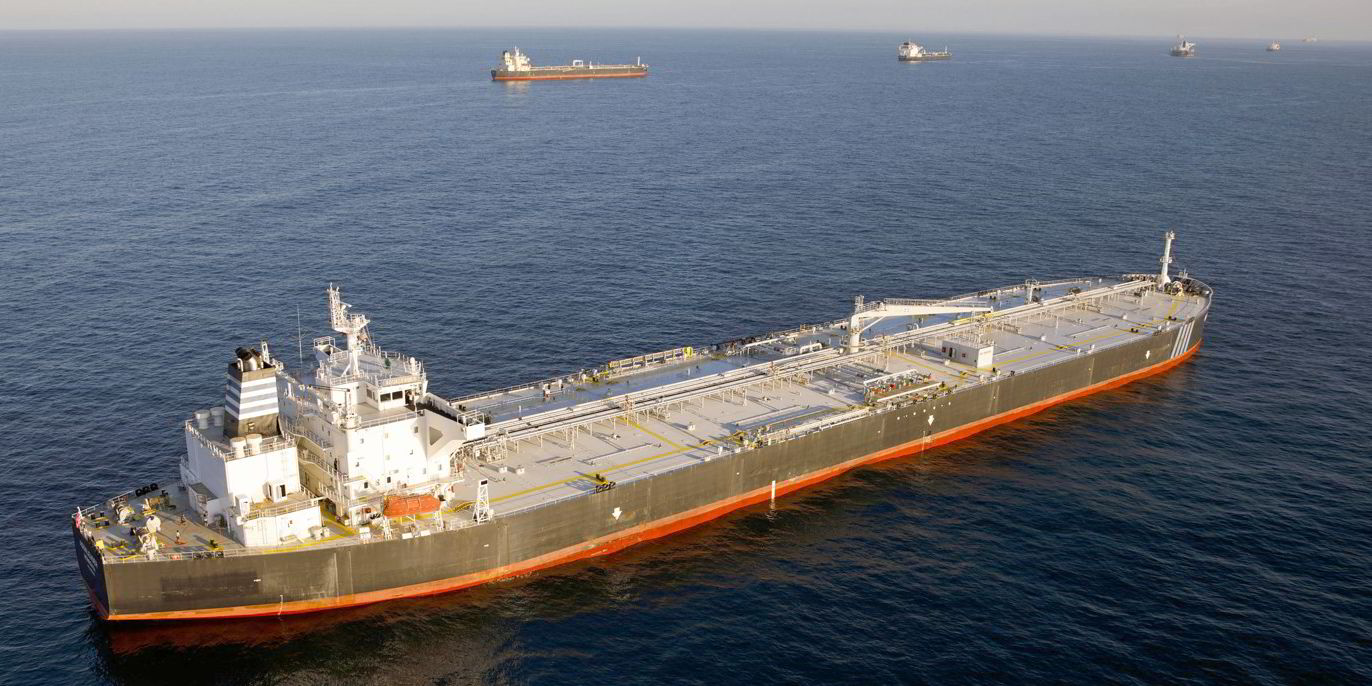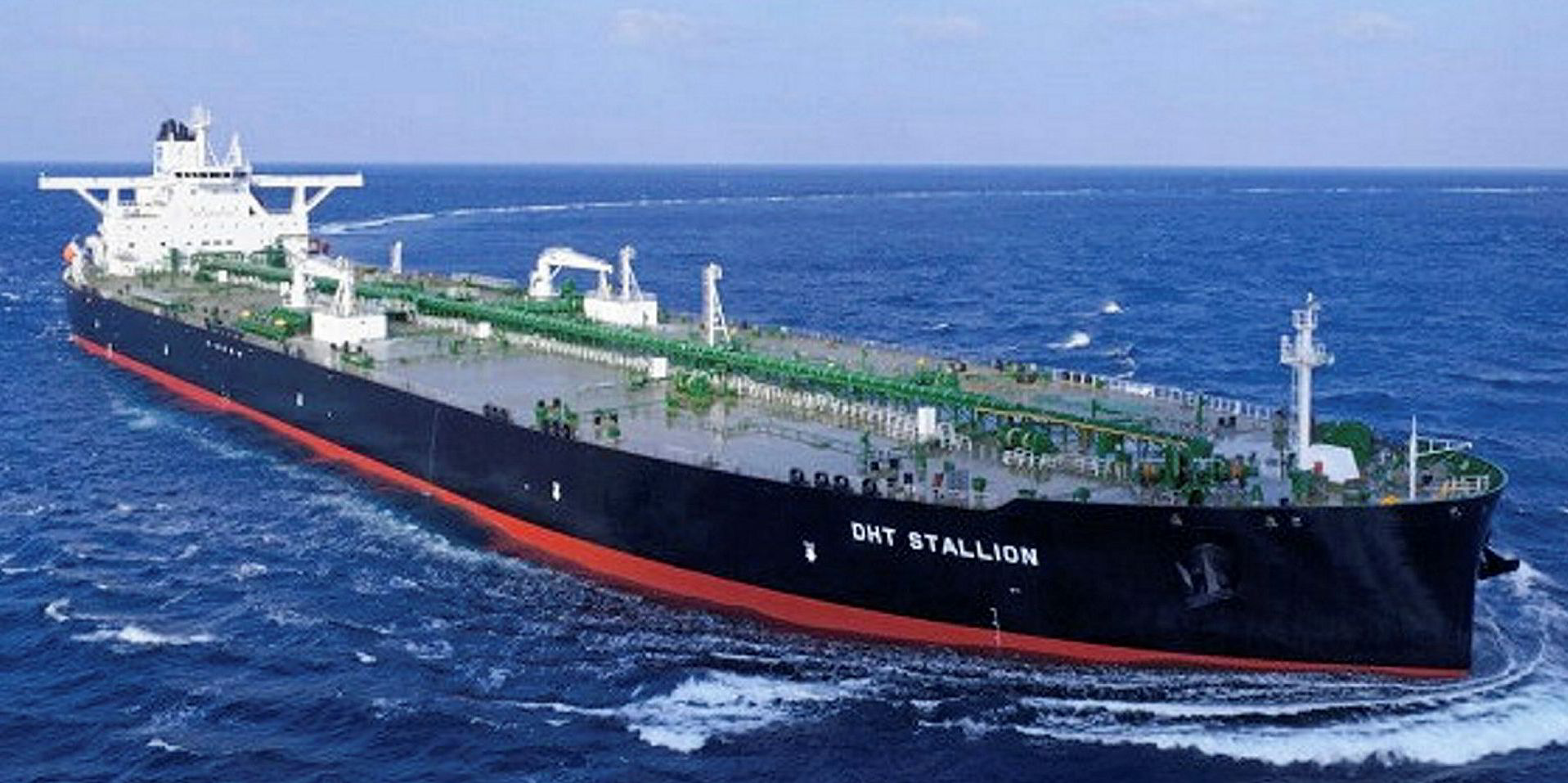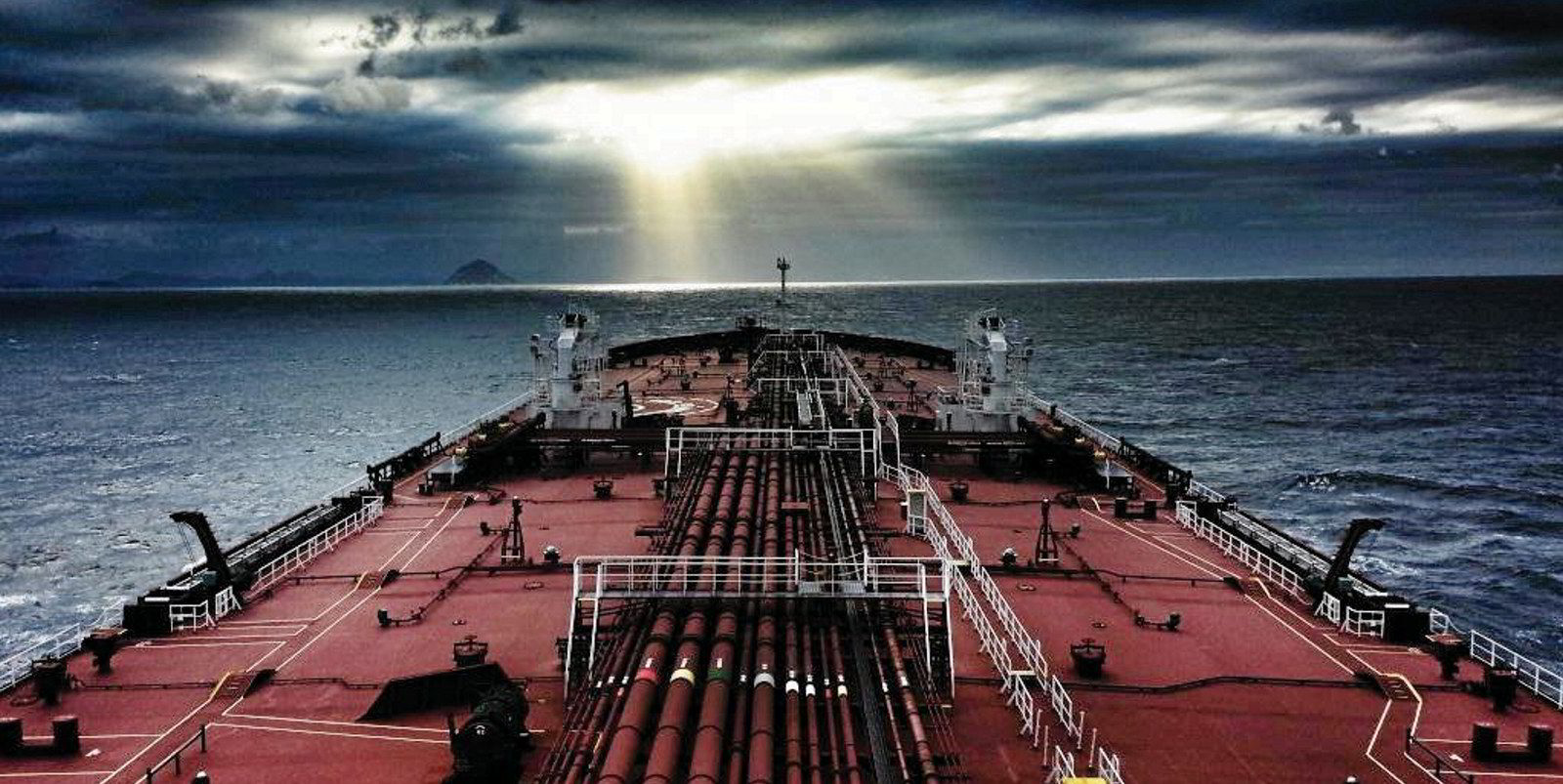Large newbuilding crude tankers are finding employment as floating fuel stations off West Africa.
Major trading houses floated a total of 11 suezmaxes and 14 VLCCs laden with Asian refined products temporarily off Togo between 1 January and 23 July, Kpler figures show.
Typically, smaller product tankers would load barrels via ship-to-ship transfer before sailing to the import markets in Africa, South America or other regions.
Although most newbuildings stayed in West African waters for days, a few remained for months.
The 158,000-dwt Zeynep (built 2020) was stationed from last October through June this year, while the 300,000-dwt Hunter Disen (built 2020) was there between August 2020 and July 2021.
The traders involved were Trafigura, Glencore, Vitol, Gunvor and Sinopec, according to Kpler. When contacted by TradeWinds, the charterers were tight-lipped about the operations.
Matt Smith, commodity research director at ClipperData, said West Africa is acting as “the parking lot” for crude tanker newbuildings transporting refined products because it is well positioned to serve other Atlantic markets.
“Plus, this moves the VLCCs closer to crude sources when they flip to being dirty,” said Smith, referring to crude exporters in the region.
With spot earnings of crude tankers in the doldrums, Kpler senior freight analyst Matthew Wright said the traders might have enjoyed favourable arbitrage economies.
“I assume it’s because the arbitrage works well and they’re able to mitigate the piracy risk,” he said.

“Imports continue to rise in West Africa and more is being imported from East of Suez on LRs, so the opportunity to take a VLCC is likely to work out cheaper [due to lower unit costs], particularly with the VLCC market so weak at the moment.”
But market experts believe this logistics play will put downward pressure on product tanker rates.
Aside from replacing long-haul demand for LR tankers, those newbuildings would undercut shipments to West Africa from north-western Europe and the US Gulf, d’Amico International Shipping chairman Paolo d’Amico told TradeWinds.
“One ship is basically upsetting two markets … They are depressing our markets,” said d’Amico, whose company operates nearly 40 product tankers.
“Unfortunately, this is the result of a terrible crude tanker market. The crude market is paying even worse than the clean one.”
A growing share of the products on board the floating facilities has been meeting South American demand, even though most barrels remained in African markets, Kpler data suggested.
Its figures show that 17 MR tankers, 12 LR1s, 2 LR2s and one LR3 shipped 11.2m barrels to South American destinations between 1 January and 23 July.
According to Vortexa, another data firm, such cargo flows exceeded 500,000 tonnes in July — a monthly high this year. “These additional cargoes stemming from West Africa gobbled up a chunk of MR demand originating from the US,” Vortexa freight analyst Ioannis Papadimitriou said.
Others said the temporary logistic hubs can still provide lightering opportunities in West Africa and triangular opportunities in the Atlantic basin.
“For MR and LR owners discharging cargoes in West Africa, the ability to pick up another cargo in the region without a long ballast leg will help improve their earnings,” Wright said.






